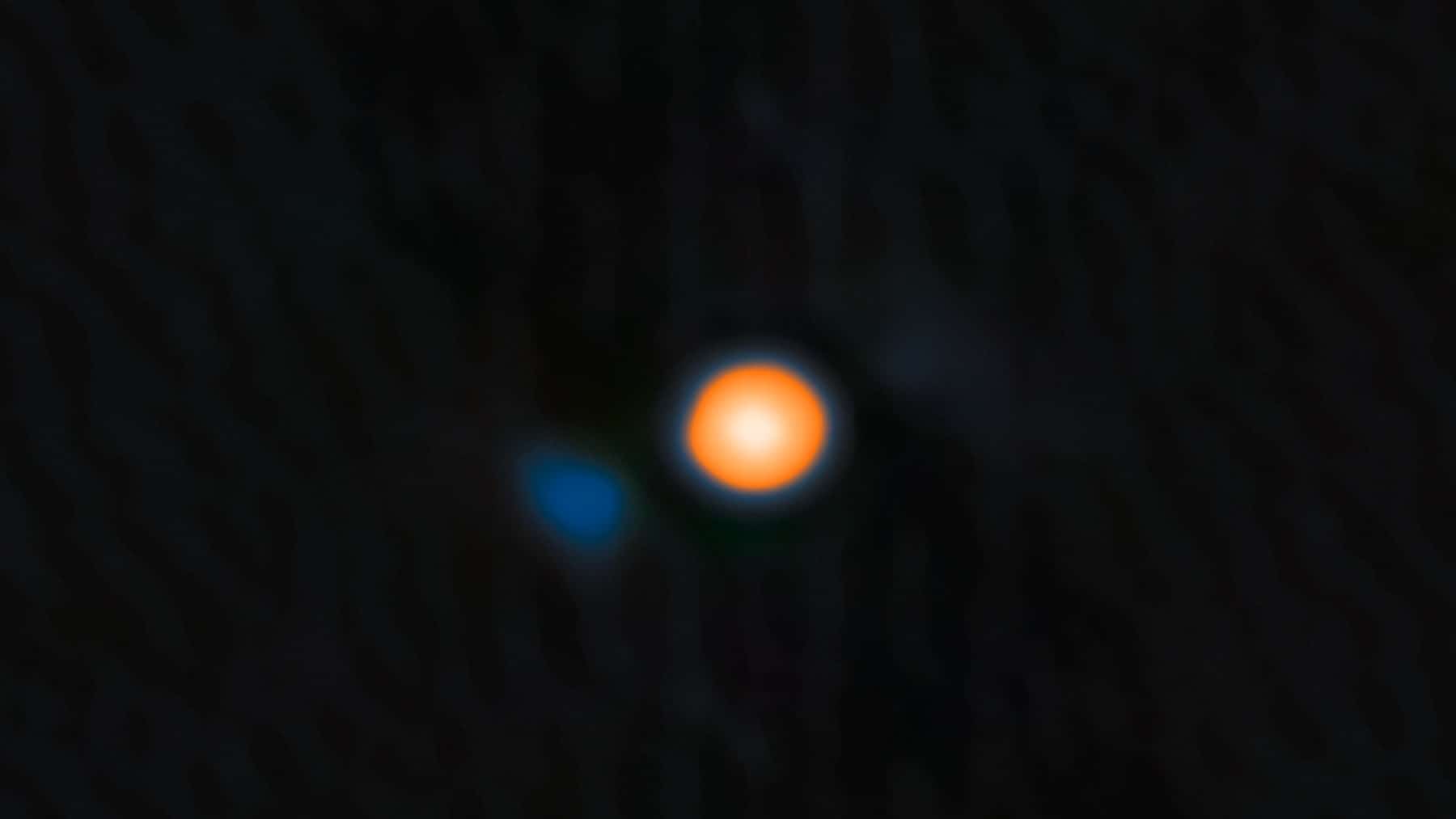Up until a few years ago, the common knowledge that stars shine brighter than the sun seemed absurd. In 2019, with the aid of specialized spatial instruments, a particular star named Betelgeuse was observed to undergo an unprecedented case of dimming. Enthusiasts from all around would love to know the name, origin, and why the existence of this star is a big deal for our astronomers.
Observations from the examination of Betelgeuse
The world’s frontier for space exploration, NASA spearheaded the discovery of the star Betelgeuse. NASA’s scientists have detected that, while Betelgeuse is much larger and brighter than the Sun, it has reached its final stages of life in the cosmos. Betelgeuse is one of the stars that has been studied the most in history, primarily due to its unusual dimming and brightness fluctuations.
The study of Betelgeuse dates as far back as 1836 under Sir John Herschel. While being in its final stages of life, a supernova is inevitable, and for scientists/astronomers, a rare opportunity is presented to observe, witness, and study the death of a bright red star, particularly in the constellation Orion.
After many years of keen observations by astronomers, Betelgeuse has been predicted for the longest time to go into the supernova state for an extended period, reaching a point where enthusiasts began losing interest in its cycle. Astronomers, while admitting that the Orion constellation was unique and studied heavily due to its significance in the cosmos, began panicking because, at the time, there was no explanation for the unprecedented dimming of the star.
But eventually, it was conventionally agreed that Surface Mass Ejection (SME) was the reason Betelgeuse was dimming. And the keen observation made by NASA’s scientists in 2019 cleared all doubts that were left about the red star.
How the discovery panned out: instruments and processes employed
Surely, to discover celestial occurrences such as this, one wouldn’t think about a regular-sized telescope or conventional equipment; specialized and multicomplex instruments that can detect life forms from a hundred to a thousand light-years away have to be deployed. Some of these instruments are used in combination with the others to achieve a high rate of success in celestial discovery (just like how NASA rewrote history with this discovery)
Some of these equipment include:
- Gemini North Telescope: This ground telescope, located in Hawaii and owned by NASA, provides the Gemini community with accurate information about the universe and the way it works. Its strong telescopic power can detect celestial phenomena precisely under technical supervision.
- Alopeke (speckle imager): Speckle imagery is a technique that involves taking multiple captures of the subject to eradicate atmospheric interference and disturbance. The instrument is located on the top of the Gemini North Telescope.
- The Hubble Space Telescope: It works like a precedent in the grand scheme by exposing various anomalies and debris to astronomers before eventually proceeding to use other spatial equipment.
Projecting into the future: what is next for interstellar exploration?
The groundwork of the Orion constellation has been laid out by NASA’s scientists. Creating better opportunities for the next generation of research and space exploration to yield better results. Since the possibility of a supernova has been established about Betelgeuse, better stipulations and conclusions can be drawn up about the occurrence of supernovas, particularly in the way they’re formed and disintegrate.
In the build-up of examining Betelgeuse, better strategies and innovations can occur as a result of the painstaking process that is required to keenly examine the star.
Because of its uniqueness, Betelgeuse will continue to be one of the most studied stars on our planet. The opportunity for unraveling the mysteries of our universe (like how scientists unraveled this mystery) is an opportunity that would never be passed up by NASA and Earth’s finest agencies. The lesson from all this is that humanity, given enough time, will be able to explain certain ambiguous interactions within the cosmos.
